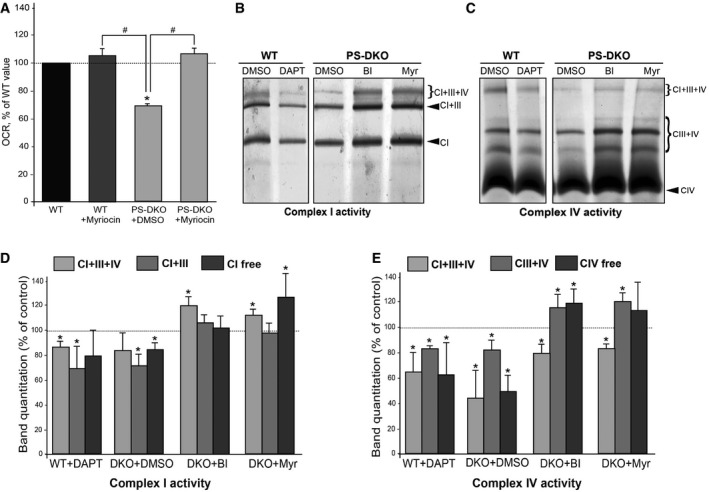Figure 6. Mitochondrial dysfunction is the consequence of increased sphingolipid turnover.

-
ARespiratory chain deficiency [as measured by initial oxygen consumption rate (OCR)] in PS‐DKO cells was rescued after treatment with myriocin (inhibitor of the de novo sphingolipid synthesis pathway) (average of n = 3 independent experiments ± SD). *P < 0.05, compared to WT; # P < 0.05, comparisons indicated on graph. Analysis by unpaired t‐test.
-
B, CIn‐gel complex I (B) and complex IV (C) activity staining in mitochondria from WT and PS‐DKO cells after the indicated treatments.
-
D, EQuantification of specific bands shown in (B) and (C). Note that chemical or genetic inhibition of γ‐secretase results in decreased supercomplex I+III+IV activity. This effect can be rescued by inhibition of C99 production [with a BACE1 inhibitor (BI)] or by inhibition of ceramide production with myriocin (Myr). Dotted lines denote baseline levels (average of n = 3 independent experiments ± SD). *P < 0.05 vs. baseline levels. Analysis by unpaired t‐test.
Source data are available online for this figure.
